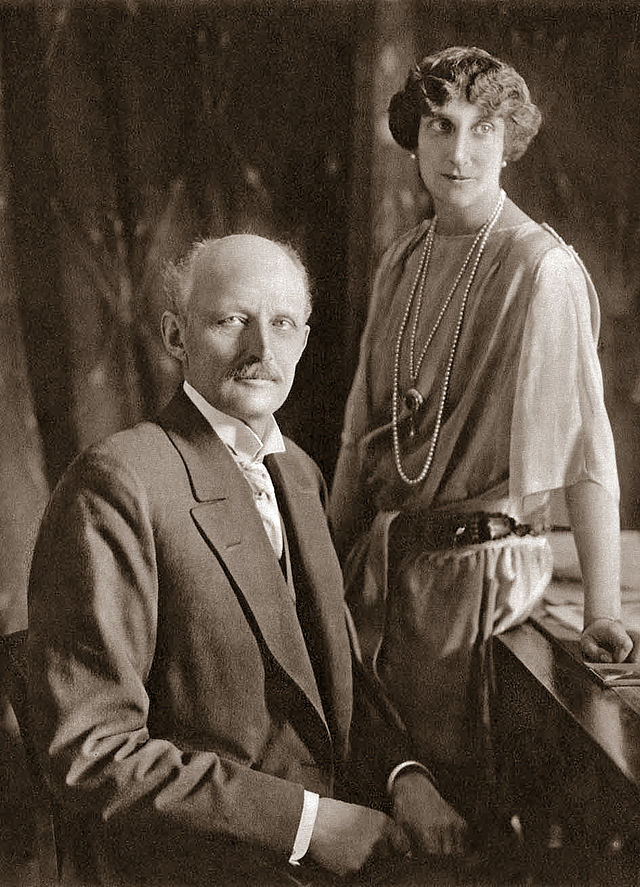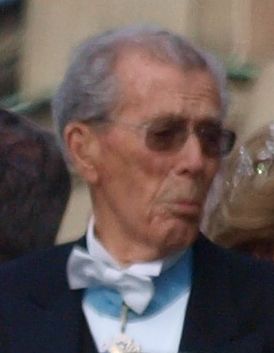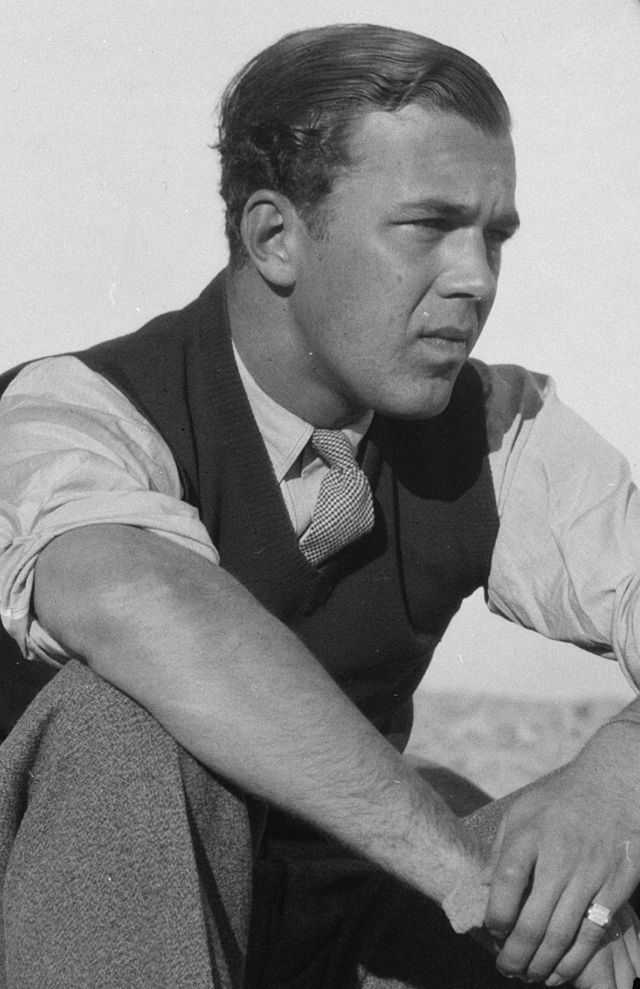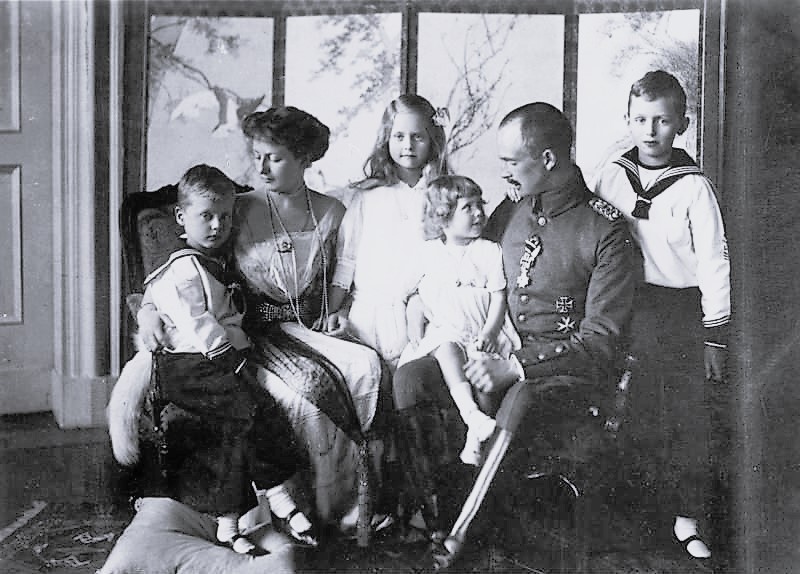by Susan Flantzer © Unofficial Royalty 2015

Princess Ingeborg of Denmark, Princess of Sweden; Credit – Wikipedia
Born at Charlottenlund Palace in Copenhagen, Denmark on August 2, 1878, Ingeborg Charlotta Carolina Frederikke Louise was the second daughter and fifth child of the future King Frederik VIII of Denmark and his wife Lovisa of Sweden. Unusually for the time, Ingeborg and her siblings were raised mostly by their mother rather than servants. Lovisa took considerable interest in her children, who imposed a loving if not strict upbringing on her children. Nonetheless, Ingeborg grew into an amiable, easygoing, and quick-witted woman.

Back row, left to right: Crown Prince Frederik (later King Frederik VIII of Denmark), Prince Christian (later King Christian X of Denmark), and Prince Carl (in 1905 elected king of Norway, under the name of Haakon VII). Front row, left to right: Princess Ingeborg, Princess Louise, Princess Thyra, Crown Princess Lovisa (later Queen of Sweden), Prince Harald; Credit – Wikipedia
Ingeborg had seven siblings:
- King Christian X of Denmark (1870 -1947), married Alexandrine of Mecklenburg-Schwerin, had issue including King Frederick IX of Denmark
- Prince Carl of Denmark, later King Haakon VII of Norway (1872 – 1957), married Princess Maud of Wales, daughter of King Edward VII of the United Kingdom, had one son, King Olav V of Norway
- Princess Louise of Denmark (1875 – 1906) married Prince Frederick of Schaumburg-Lippe, had issue
- Prince Harald of Denmark (1876 – 1949) married Princess Helena Adelaide of Schleswig-Holstein-Sonderburg-Glücksburg, had issue including Caroline-Mathilde, Hereditary Princess of Denmark
- Princess Thyra of Denmark (1880 – 1945), unmarried
- Prince Gustav of Denmark (1887 – 1944), unmarried
- Princess Dagmar of Denmark (1890 – 1961) married Jørgen Castenskiold, had issue

Princess Ingeborg of Denmark and Prince Carl of Sweden in 1897; Credit – Wikipedia
In May 1897, an engagement was announced between Ingeborg and another Scandinavian royal, Prince Carl of Sweden. Oscar Carl Wilhelm, called Prince Carl, was born at Arvfurstens Palace in Stockholm, Sweden on February 27, 1861. He was the third of four sons of King Oscar II of Sweden and Norway and Sophia of Nassau. Although neither was the heir to a throne, the prospect of another Danish-Swedish royal union was exciting to the families of the couple and citizens of their respective countries. On their 50th wedding anniversary, Carl admitted that the couple’s fathers had completely arranged their marriage. Ingeborg added, “I married a complete stranger!”
The wedding was held at Christiansborg Palace Chapel in Copenhagen, Denmark, on August 27, 1897. Among the guests were Alexandra, Princess of Wales, and Russian Dowager Empress Maria Feodorovna (Dagmar of Denmark), the bride’s aunts. Copenhagen was decorated with flowers and flags of both countries to celebrate the occasion. Following a brief stay in Denmark, the new couple set off for a honeymoon in Germany.
Carl and Ingeborg had a comfortable family life, dividing their time between Arvfurstens Palace in Stockholm and summers in Fridhem, Sweden. Despite the difference in their ages (Carl was 17 years older than Ingeborg), the two were happy and well-suited to one another.
The couple had four children born between 1899 and 1911:
- Princess Margaretha of Sweden (1899–1977), married her cousin Prince Axel of Denmark, had two sons
- Princess Märtha of Sweden (1901–1954), married her cousin King Olav V of Norway, had two daughters and one son
- Princess Astrid of Sweden (1905–1935), married King Leopold III of Belgium, had two sons and one daughter
- Prince Carl Bernadotte, born Prince Carl, Duke of Östergötland (1911–2003), married (1) Countess Elsa von Rosen, morganatic marriage – had to relinquish his succession rights and his royal titles, had one daughter, divorced (2) Ann Margareta Larsson, no children, divorced (3) Kristine Rivelsrud, no children
During their young adulthood, the four children of Ingeborg and Carl were repeatedly sought after as spouses by several European monarchs. Astrid and Märtha were linked to the future King Edward VIII of the United Kingdom before their respective marriages. Queen Wilhelmina strongly desired a union between Carl and Juliana of the Netherlands, but the two vehemently disliked each other upon meeting in the late 1920s. The current royal families of Belgium, Luxembourg, and Norway descend from Carl and Ingeborg. Belgian Kings Baudouin and Albert II, Norwegian King Harald V, and Grand Duchess Josephine-Charlotte of Luxembourg, the wife of Grand Duke Jean of Luxembourg, are all grandchildren of Carl and Ingeborg.

Prince Carl and Princess Ingeborg in 1926; Credit – Wikipedia
Carl and Ingeborg continued to play important roles in European history throughout their marriage. Ingeborg served as the de facto first lady of Sweden for several years during the absence of Sophia of Nassau and Viktoria of Baden. Due to her close familial connections, she also worked to bring peace to the three Scandinavian royal families following Norwegian independence in 1905. Carl distinguished himself as the President of the Swedish Red Cross, earning several Nobel Peace Prize nominations for his work with prisoners of war.
Both Carl and Ingeborg lived long lives. Carl died in 1951 at the age of 90. Ingeborg survived him by seven years, dying on March 12, 1958, at age 79 in Stockholm, Sweden. The two are buried in the Royal Burial Ground in Haga Park in Solna, Stockholm, Sweden
This article is the intellectual property of Unofficial Royalty and is NOT TO BE COPIED, EDITED, OR POSTED IN ANY FORM ON ANOTHER WEBSITE under any circumstances. It is permissible to use a link that directs to Unofficial Royalty.



























